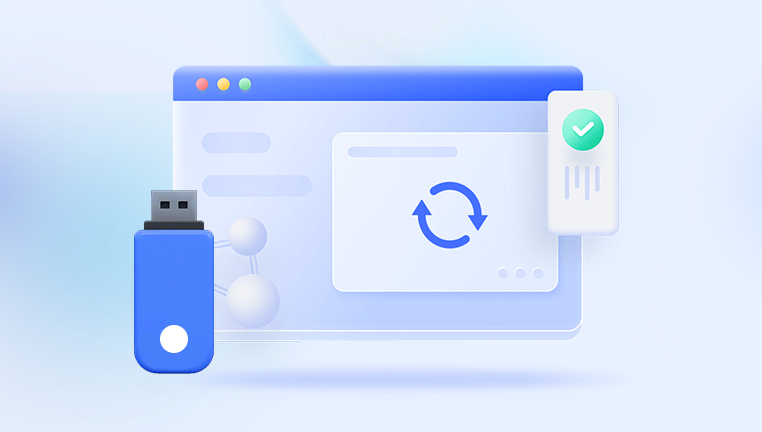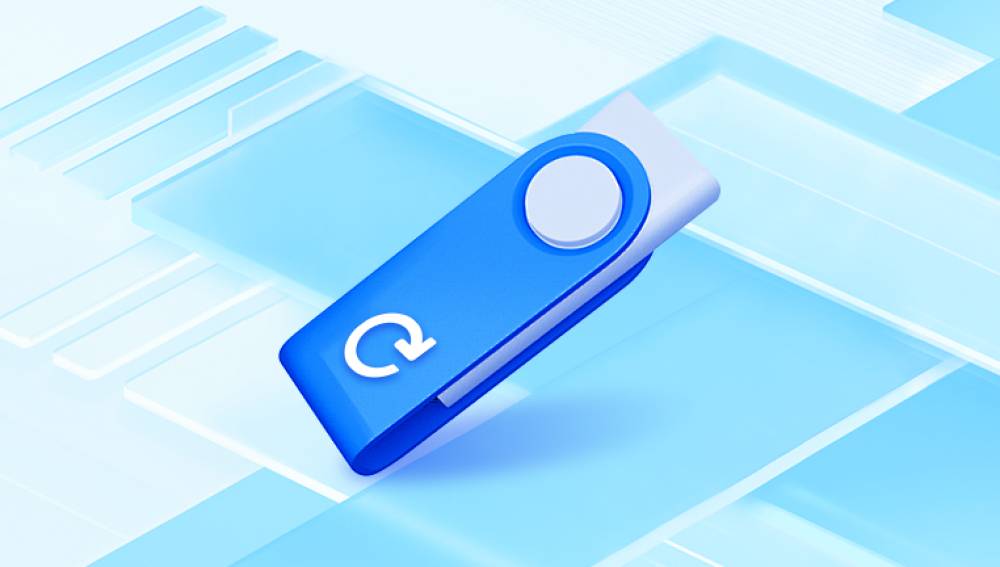Resetting a USB drive can mean different things depending on the issue you're facing. Whether you're dealing with a corrupted drive, wanting to clear all data, or looking to format it for a new use, there are several methods to consider.
1. Introduction to USB Drives
USB drives, also known as flash drives or thumb drives, are portable storage devices that connect via a USB port. They are used for data transfer, backup, and storage. Over time, USB drives might encounter issues such as corruption, malware infections, or data clutter that necessitates a reset.

2. Common Reasons for Resetting a USB Drive
Corruption: Files might become unreadable or the drive might show errors.
Malware: Virus or malware infections can compromise data integrity.
Performance Issues: Slower read/write speeds might indicate a need for a reset.
Formatting for New Use: Changing the file system or preparing for a different operating system.
3. Preparing for a USB Drive Reset
Before proceeding, ensure you have backed up any important data from the USB drive, as resetting or formatting will erase all existing data.
A. Backup Your Data
Manual Backup: Copy files to another storage device or cloud storage.
Using Backup Software: Use specialized software to create backups of your data.
4. Methods to Reset a USB Drive
A. Using Windows
1. Quick Format
Connect the USB Drive: Plug the USB drive into a USB port on your computer.
Open File Explorer: Right-click on the USB drive in File Explorer.
Select Format: Choose 'Format' from the context menu.
Choose Quick Format: Ensure 'Quick Format' is selected for a faster reset.
Start Formatting: Click 'Start' to begin the formatting process.
2. Full Format
Open File Explorer: Right-click on the USB drive.
Select Format: Choose 'Format' from the menu.
Deselect Quick Format: Uncheck 'Quick Format' for a more thorough reset.
Start Formatting: Click 'Start' to format the drive.
3. Using Disk Management
Open Disk Management: Right-click on the Start menu and select 'Disk Management'.
Find Your USB Drive: Locate the USB drive in the list.
Delete Volume: Right-click on the volume and select 'Delete Volume'.
Create a New Volume: Right-click on the unallocated space and select 'New Simple Volume', then follow the prompts.
B. Using macOS
1. Using Disk Utility
Open Disk Utility: You can find it in Applications > Utilities.
Select the USB Drive: Choose the USB drive from the list on the left.
Erase the Drive: Click the 'Erase' button.
Choose Format: Select the desired file system (e.g., exFAT, FAT32. or Mac OS Extended).
Confirm Erase: Click 'Erase' to format the drive.
C. Using Linux
1. Using the Terminal
Open Terminal: Find it in your applications menu.
List Disks: Type lsblk to list all connected drives.
Identify USB Drive: Locate your USB drive in the list.
Unmount the Drive: Use sudo umount /dev/sdX (replace 'X' with the drive letter).
Format the Drive: Use sudo mkfs.vfat -F 32 /dev/sdX for FAT32 or sudo mkfs.ext4 /dev/sdX for ext4 (replace 'X' with the drive letter).
5. Troubleshooting Common Issues
A. Drive Not Showing Up
Check Connections: Ensure the USB drive is properly connected.
Try Different Ports: Test the drive in different USB ports.
Update Drivers: Update USB drivers through Device Manager (Windows) or System Preferences (macOS).
B. Errors During Formatting
Check for Physical Damage: Inspect the USB drive for any visible damage.
Use a Different Computer: Attempt the format process on another computer.
Use Disk Repair Tools: For Windows, use tools like CHKDSK. For macOS, use First Aid in Disk Utility.
C. Recovering Data After Reset
Use Data Recovery Software: Tools like Recuva (Windows), Disk Drill (macOS), or TestDisk (Linux) can help recover lost data.
Consult a Professional: If data recovery is critical, consider contacting a professional data recovery service.




